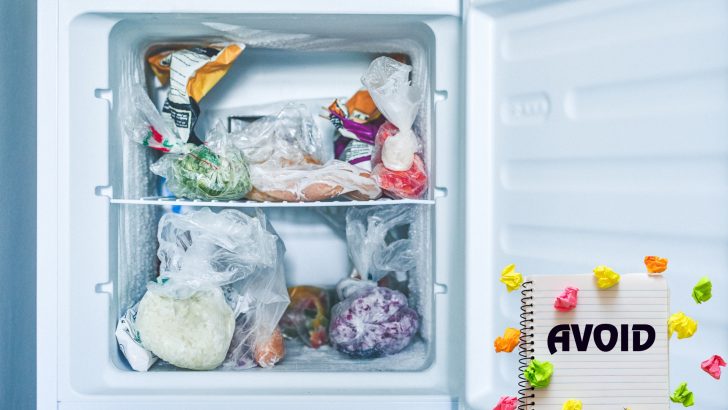Curious why some foods taste downright awful after being pulled from the freezer?
Freezing seems like a magical way to extend shelf life, but it’s not a one-size-fits-all solution! Some foods transform into sad, soggy versions of their former selves when thawed.
Let’s explore 18 foods that should never take the icy plunge—your taste buds will thank you!
1. Crispy Lettuce Leaves
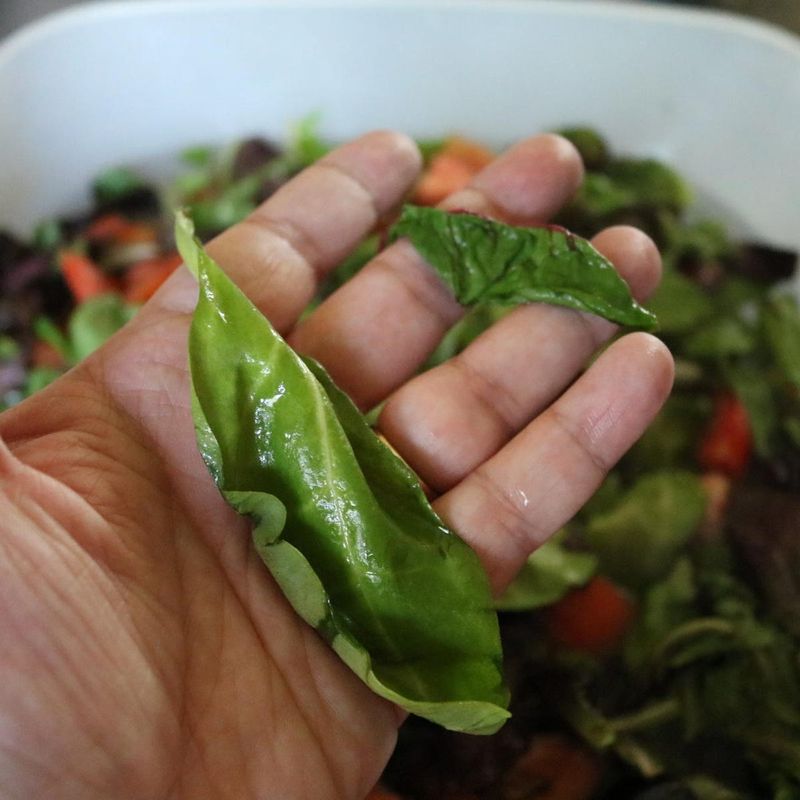
Zap! Lettuce cells burst when frozen, leaving you with a slimy mess instead of that satisfying crunch. The high water content turns these leafy greens into a sad puddle upon thawing.
What if I told you even the most powerful blender can’t rescue frozen lettuce? Keep those greens in the crisper drawer where they belong! #SaveTheGreens
2. Delicate Fresh Herbs
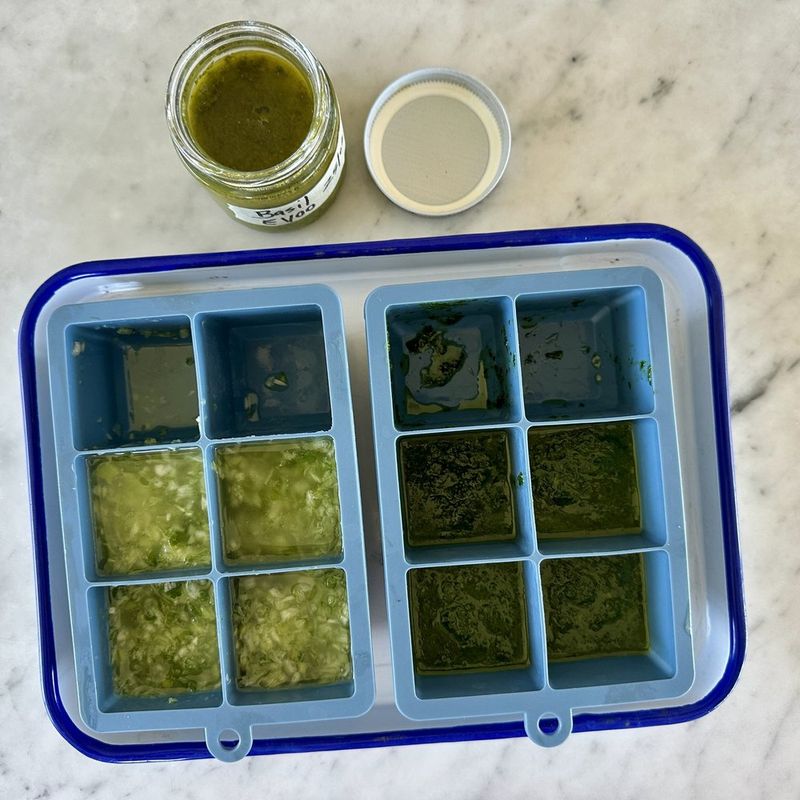
Though freezing herbs seems smart, basil, cilantro, and parsley turn black and mushy faster than you can say ‘garnish.’ Their cell structures collapse completely!
However, there’s a clever workaround! Chop herbs finely and freeze in olive oil using ice cube trays for cooking later. Share your herb-saving hacks in the comments!
3. Creamy Mayo Catastrophes
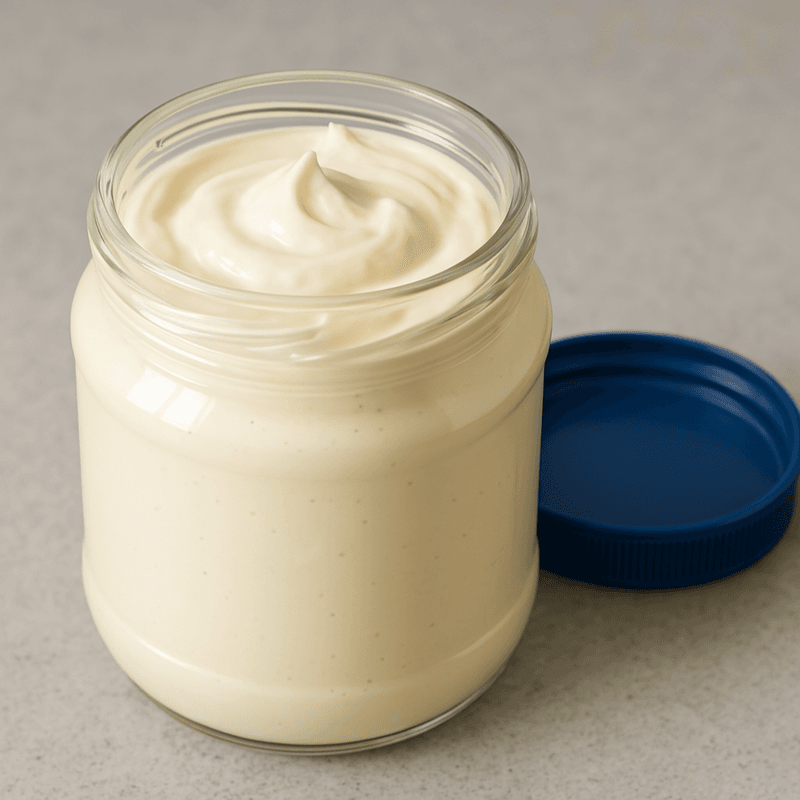
Mayo’s emulsion breaks down when frozen, causing oils to separate dramatically from other ingredients. The result? A grainy, unappetizing mess that no amount of stirring can fix.
If you’ve accidentally frozen mayo, don’t waste time trying to revive it. Toss it out and start fresh! Has anyone else made this kitchen blunder before?
4. Potato Problems Galore
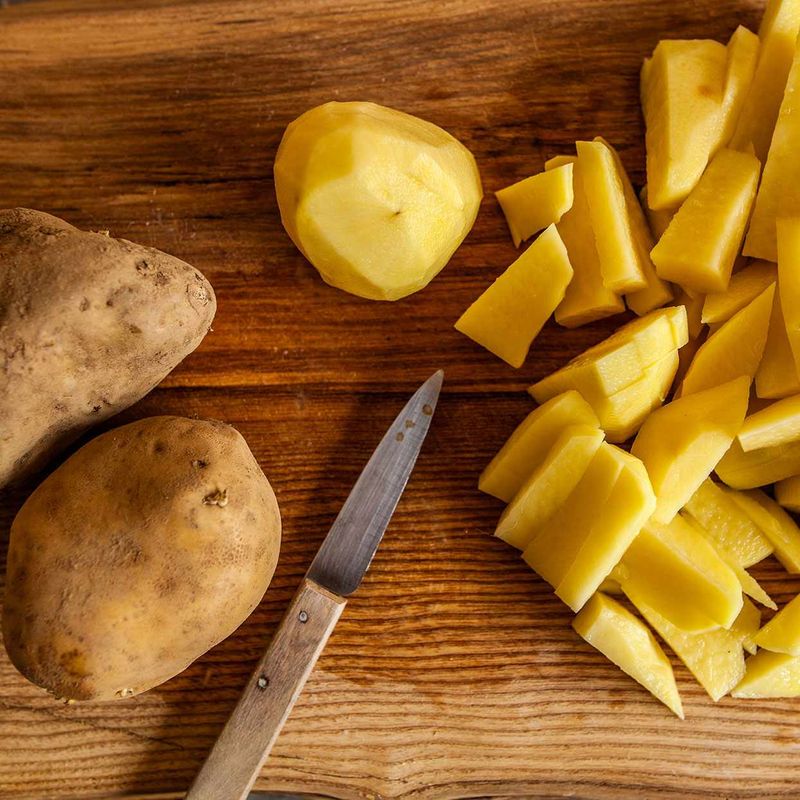
Spuds contain enzymes that continue working even in freezer temperatures! After thawing, these starchy favorites turn grainy, discolored, and downright unappetizing.
Where did things go wrong? The water inside potato cells forms ice crystals that rupture cell walls. Mashed potatoes can freeze decently, but whole or sliced ones? Absolutely not! Tag a friend who needs this potato wisdom!
5. Egg Whites Gone Wild
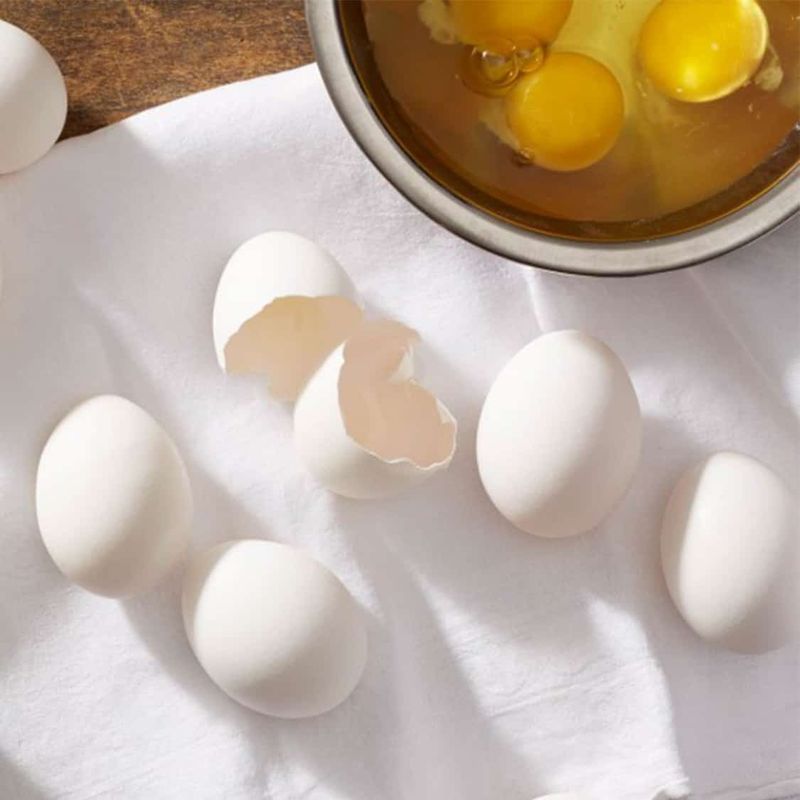
Freezing whole eggs in shells? DISASTER ALERT! The liquid expands and cracks the shells, creating a mess and potential bacterial playground.
Interestingly, egg whites can freeze successfully if separated and stored properly in airtight containers. Yolks, however, become gelatinous and weird unless mixed with a pinch of salt first. Egg-cellent information to remember!
6. Milk’s Icy Downfall
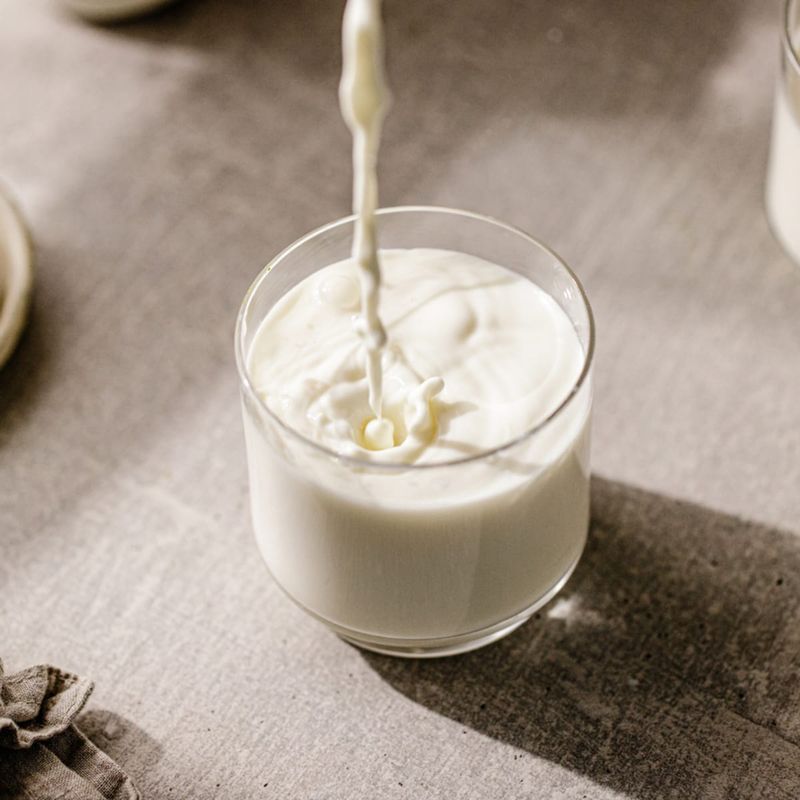
Whoa! After freezing, regular milk separates drastically, creating strange texture changes that are unable to correct with shaking. As the lipids and proteins disintegrate, an undesirable gritty texture is produced.
However, if you’re really set on using frozen milk for anything other than cooking, don’t use it for drinking. Ever had a glass of previously frozen milk and loved it? I didn’t believe that!
7. Cucumber’s Cold Catastrophe

Cucumber’s sky-high water content (96%!) means freezing turns these crisp veggies into sad, transparent slime. The cell walls rupture completely when ice crystals form.
How disappointing is it to bite into a formerly frozen cucumber? Absolutely heartbreaking! Stick to pickling or refrigerating these green machines instead. Drop a cucumber emoji if you’ve learned something new today! 🥒
8. Cream Cheese Calamities
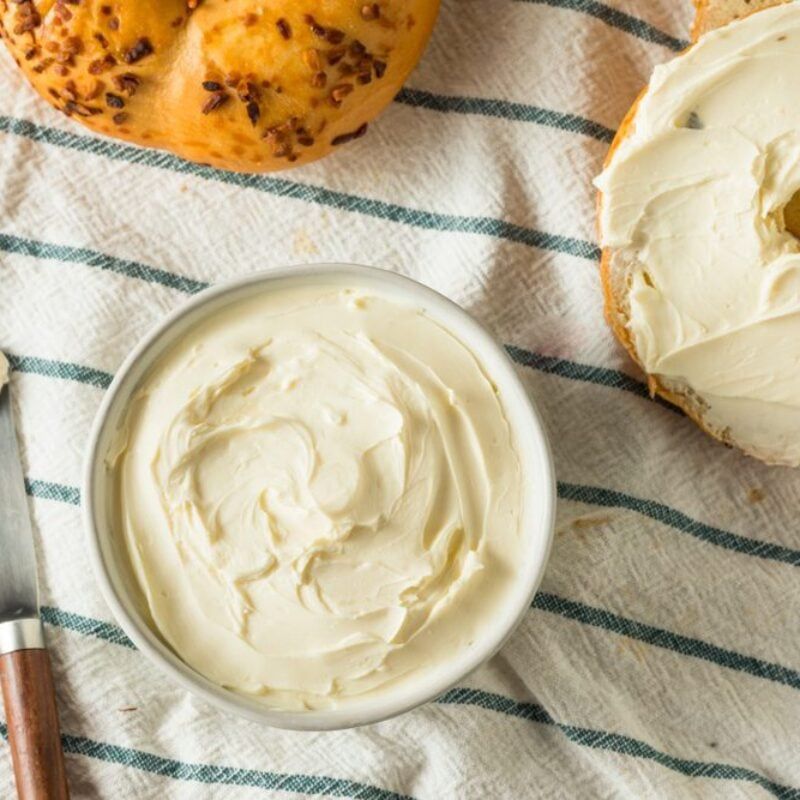
Brrr! After a vacation in the freezer, cream cheese becomes runny and gritty instead of smooth and spreadable. You are left with a disjointed jumble when the emulsion breaks entirely.
Use previously frozen cream cheese exclusively in prepared recipes where texture changes won’t be a major concern if you’re in a desperate situation. Have you ever attempted to cover a bagel with softened cream cheese? Complete letdown!
9. Fried Food Failures

Crispy fried chicken or mozzarella sticks lose their magical crunch after freezing! The moisture migration between the coating and the food itself creates a soggy disaster zone.
Furthermore, oils in fried foods can go rancid faster in the freezer. Want to salvage frozen fried foods? Try reheating in an air fryer rather than a microwave! Have you discovered any reheating hacks? Comment below!
10. Avocado Atrocities
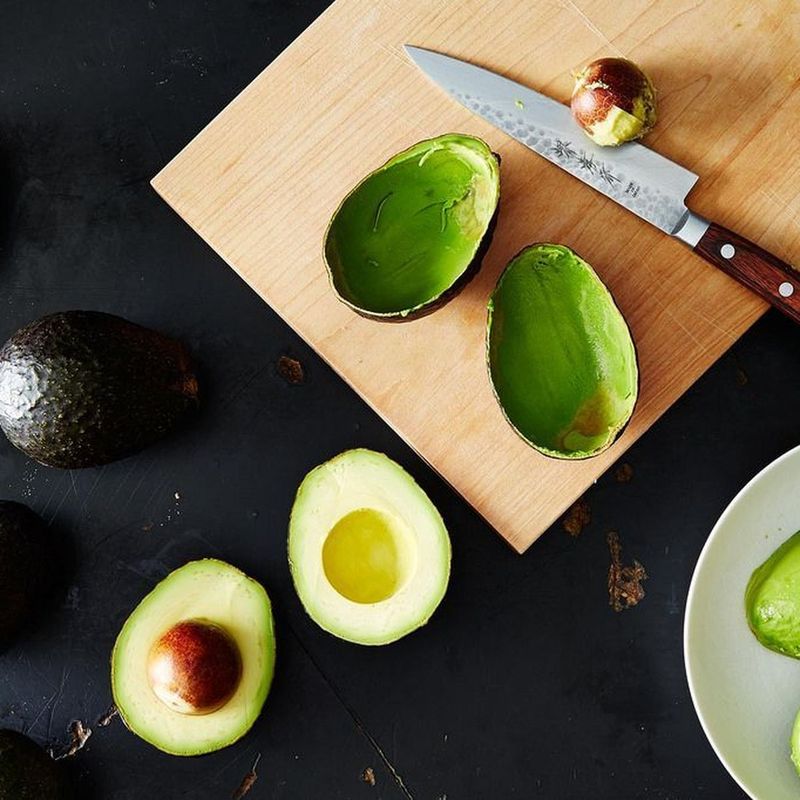
Protect your eyes, guacamole lovers! Avocados lose their creamy allure when frozen because they become bitter and take on an unappealing mushy feel. During thawing, the browning-causing enzymes go into overdrive.
However, if you are set on freezing these green treasures, squeeze in more lime juice beforehand and then use exclusively in smoothies. Does anyone else know what it’s like to have avocados wasted? Tell us about your avo-tragedies.
11. Yogurt’s Textural Tragedy
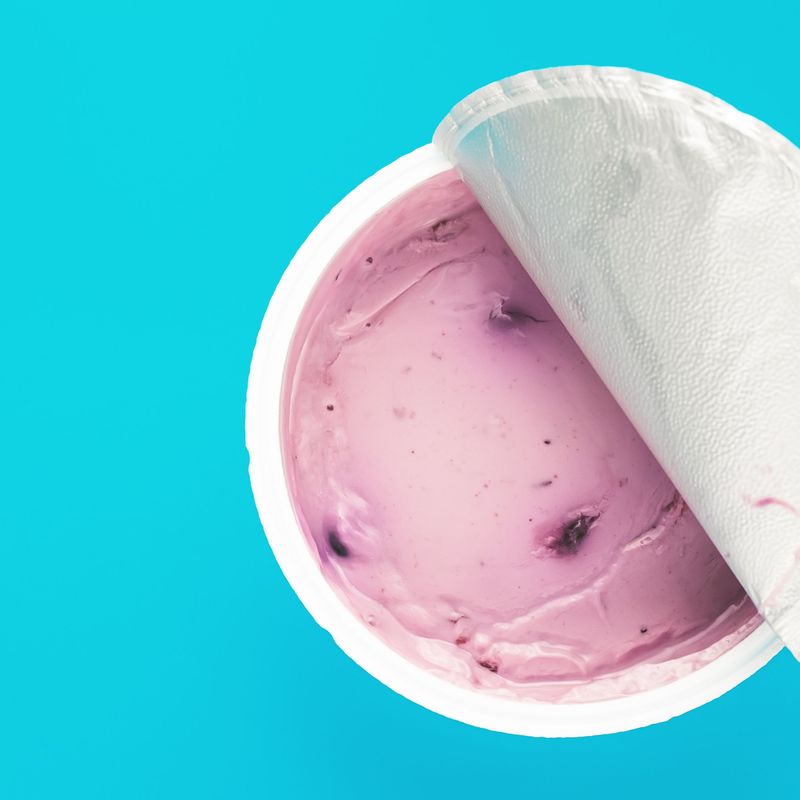
Whoa! Yogurt’s delicate protein structure collapses dramatically when frozen. The result? A separated, grainy mess with none of that creamy goodness you were expecting.
Though frozen yogurt treats exist, they’re specially formulated! Regular yogurt becomes a science experiment gone wrong after freezing. Have you ever accidentally frozen yogurt? Tell us about your dairy disasters!
12. Salad Dressing Disasters
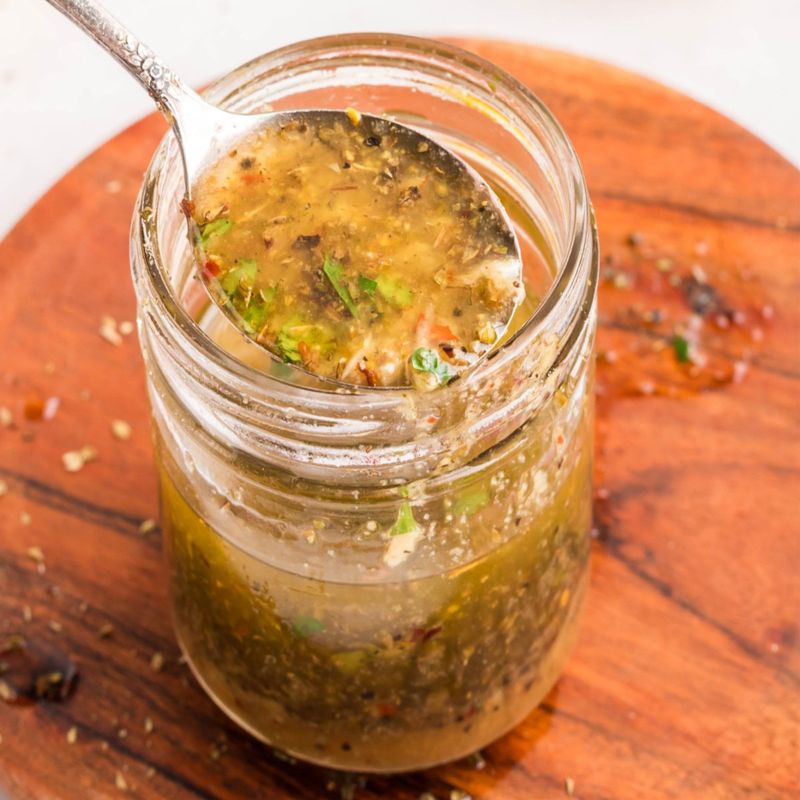
When frozen, vinaigrettes and creamy dressings drastically separate! Complete breakdown of the emulsions results in oil clumsily floating on top of other substances.
What’s worse? Thawing considerably dulls the tastes. Unexpectedly, the most noticeable separations occur in homemade dressings that don’t include any chemicals. Your salads deserve better, so make small amounts fresh rather than freezing them.
13. Soft Cheese Sadness
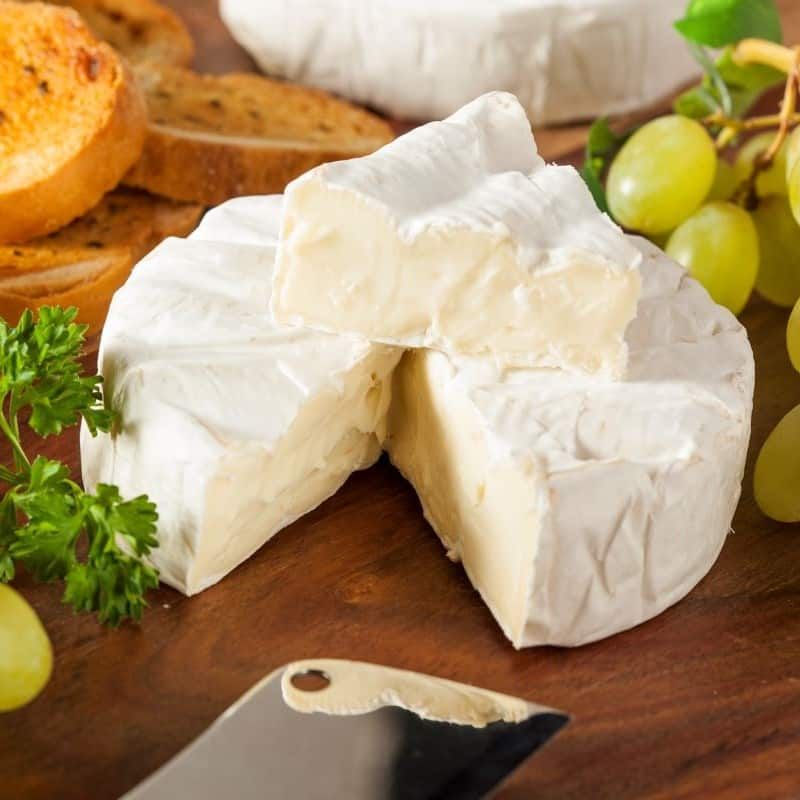
Freezing causes soft cheeses like camembert and brie to lose their rich tastes and luscious texture! A crumbly, disagreeable texture results from the breakdown of the fragile protein structures.
Hard cheeses may withstand freezing rather well, while their soft counterparts suffer greatly. Is there anyone else who has frozen pricey cheese in an emergency? Let’s express our sympathy for our cheese preservation mishaps in the comments section!
14. Coffee’s Flavor Fizzle
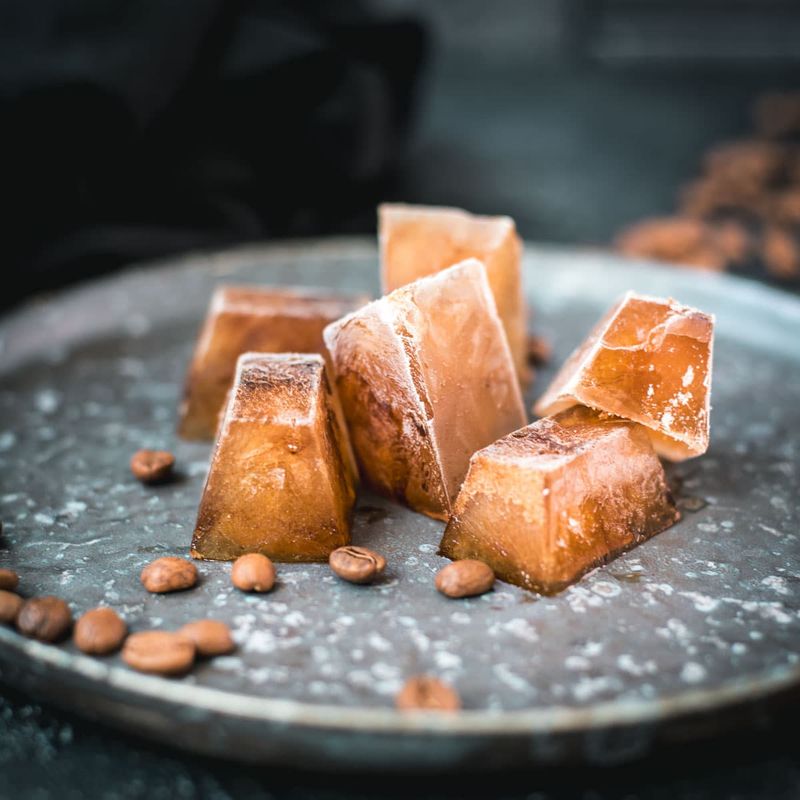
Gasp! Brewed coffee loses its aromatic complexity after freezing. The compounds responsible for those delicious flavor notes break down, leaving you with a flat, bitter disappointment.
Surprisingly, coffee beans can freeze well if properly sealed! But that pot of leftover coffee? Don’t even think about it! Who else is passionate about never compromising on coffee quality? ☕
15. Watermelon Woes
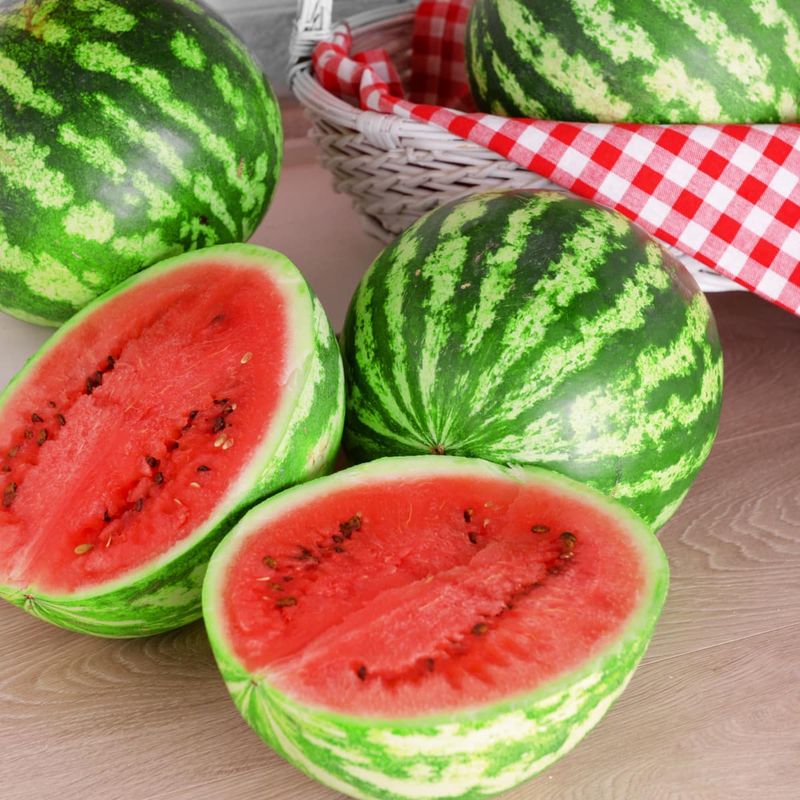
When watermelon is frozen, it becomes a mushy ghost of its former self! Because of the high water content, ice crystals form, totally destroying the fruit’s cellular structure.
How depressing is it to expect that crisp, fresh bite when you bite into frozen watermelon? Devastating! Instead, freeze watermelon as ice cubes for elegant summertime cocktails or in pieces for smoothies. Tag your best smoothie friend!
16. Garlic’s Texture Turmoil
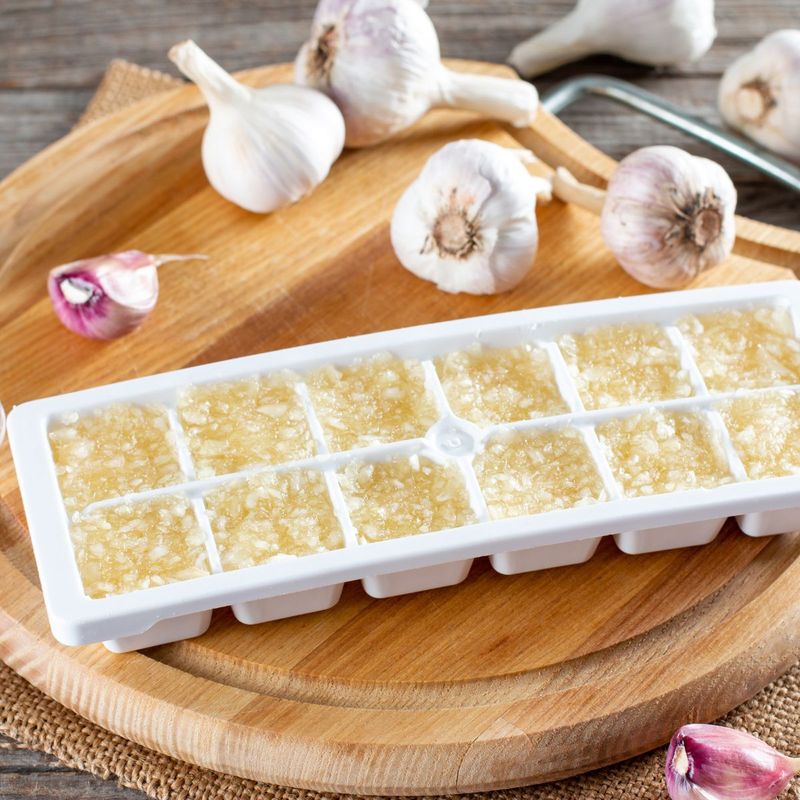
Beware! Frozen garlic cloves turn rubbery and develop an off-putting, bitter flavor that ruins dishes. The sulfur compounds that give garlic its distinctive flavor transform into something altogether unpleasant.
Furthermore, the texture becomes downright weird—chewy in all the wrong ways! Mince and freeze in oil if absolutely necessary, but fresh is infinitely better. Who else is a garlic enthusiast who demands the perfect texture?
17. Banana Texture Tragedies
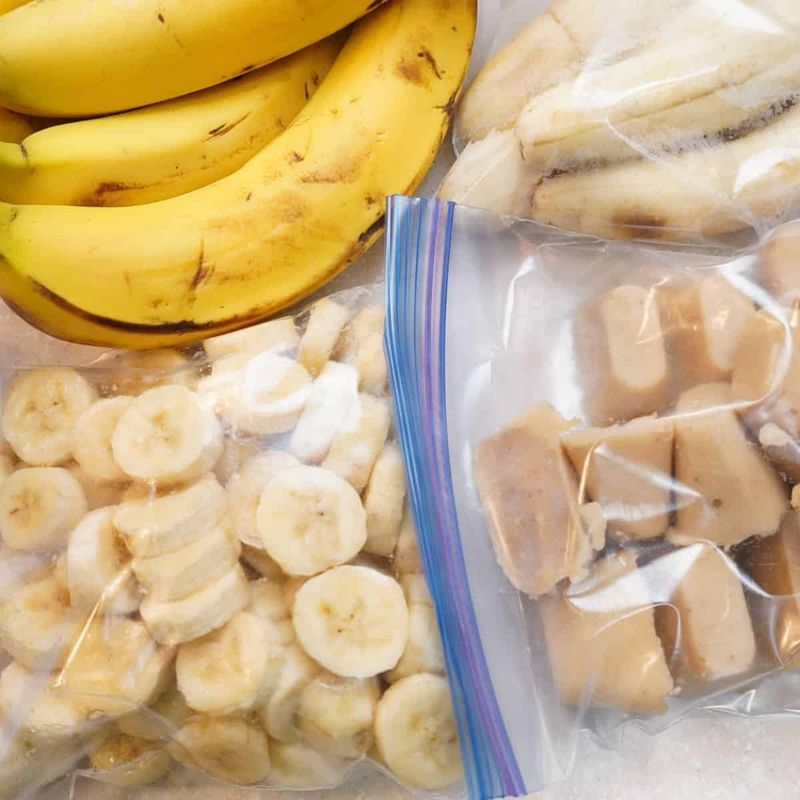
Can you freeze entire bananas with their peels? A HUGE error! When thawed, the fruit inside turns mushy, and the skins turn black instantaneously.
Bananas that have been peeled and frozen, however, make great smoothie components or a delicious cream foundation! However, after freezing, don’t expect to enjoy them in their original shape. If you currently have overripe bananas in your freezer, double-tap!
18. Crème Fraîche Catastrophes
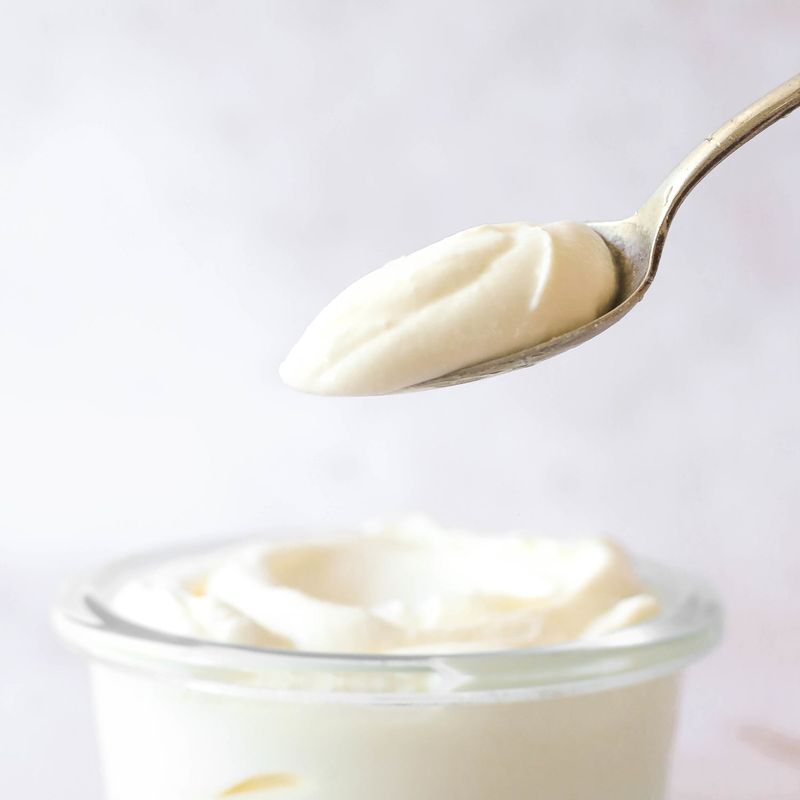
Holy moly! Crème fraîche’s delicate cultured flavor profile and silky texture get utterly destroyed by freezing. The fat separates dramatically from the water content.
After thawing, you’ll find yourself with a grainy, watery mess instead of that luscious dairy product you paid good money for! Have you ever had an expensive ingredient ruined by improper storage? Share your kitchen heartbreaks!

